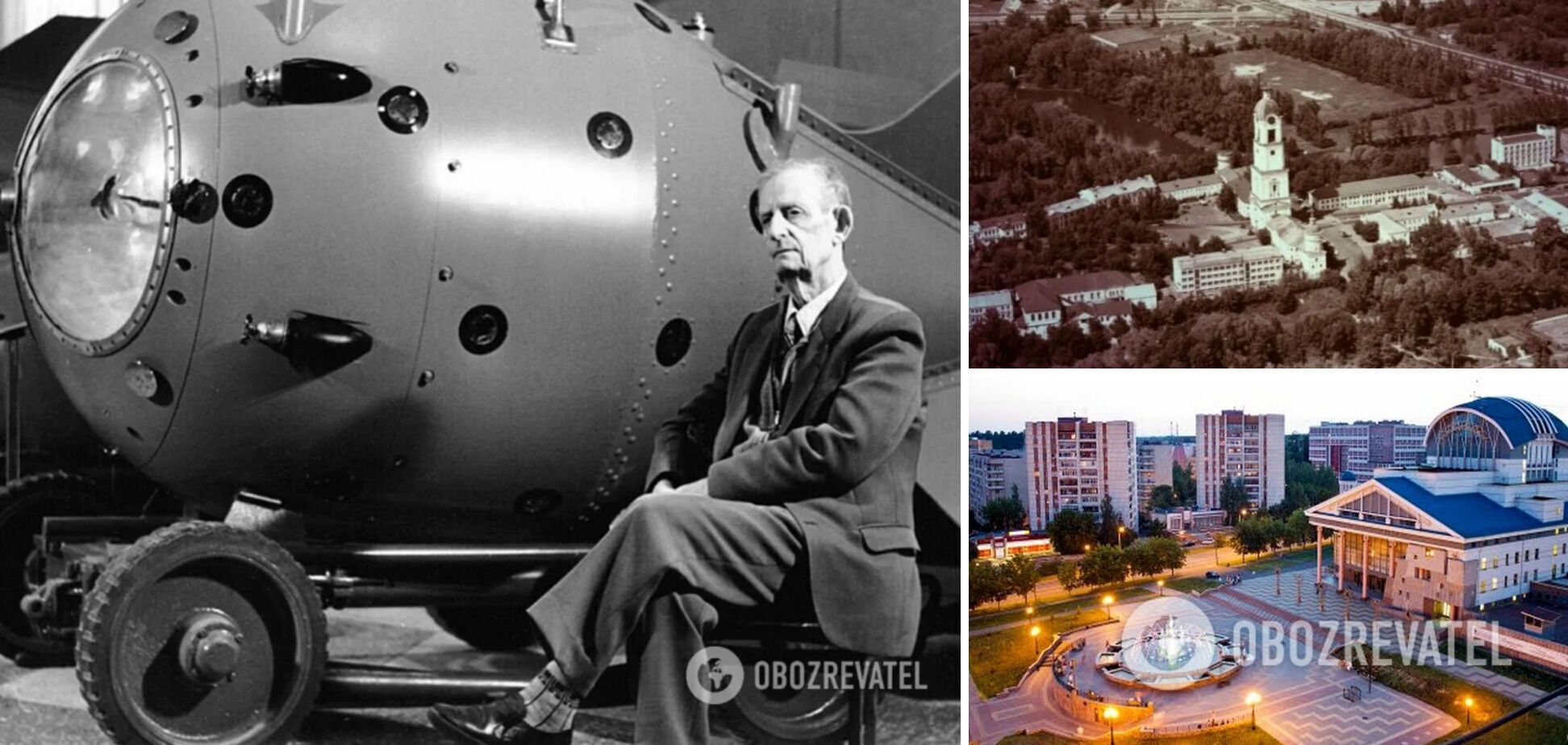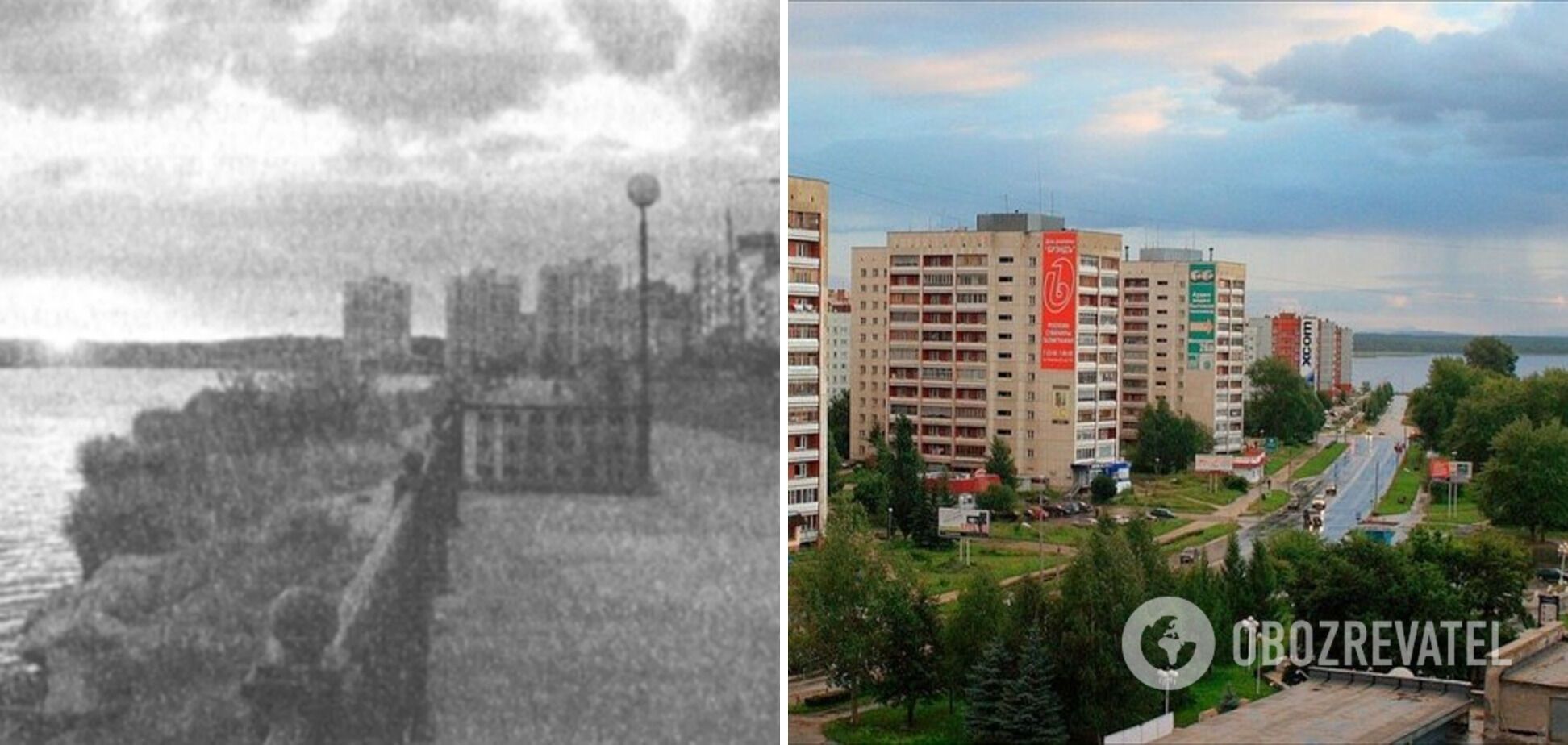Life
Closed cities existed in the USSR: what secrets were hidden and why they were not on the map
The history of the Soviet Union is full of secrets, one of which is the closed cities that were surrounded by barbed wire, military, and crossed out of all maps. They are also known as ZATO (closed administrative-territorial formations).
OBOZ.UA has collected information about why the existence of these cities was hushed up and access to them was strictly limited. What secrets did they hide, and why was it forbidden to talk about them?
In closed cities, work on the most important projects of the USSR was in full swing. They were engaged in top-secret developments in the nuclear, space, and military fields and conducted tests, such as anthrax, atomic bombs, and radioactive materials.
Life in the closed administrative-territorial units
It is not surprising that such top-secret cities could not be found on maps, and therefore it was impossible to leave or move there. The ZATO was surrounded by a barbed wire fence on all sides, and checkpoints were located at all entrances and exits.
Residents of closed cities signed special non-disclosure agreements. Violation of these agreements could lead to liability, including criminal liability.
Leaving the city was allowed only in case of a business trip or vacation, but only relatives of permanent residents could enter the city.
However, as a reward for the inconvenience, the residents of the ZATO received some privileges. They had access to scarce goods, a thriving social sphere, healthcare, education, and a 20% salary increase.
After the collapse of the USSR, the closed cities received names instead of a digital code, and many of them lost their secret status.
Arzamas-16 (closed nuclear center Sarov)
In the 50s, residents of this city lived in isolation, unable to leave the territory even on vacation. This was because it was here that work was underway to create an atomic bomb.
Even today, the former Arzamas-16, now the nuclear center of Sarov, is strictly guarded and considered a closed city.
Krasnoyarsk-26 (Zaliznohirsk)
In 1950, Gulag prisoners were involved in the construction of space satellite production facilities and a secret mining and chemical plant that produced weapons-grade plutonium.
The city where all of this was located still has the status of a special economic zone, but the enterprises are concentrated on reprocessing and storage of spent nuclear fuel.
Chelyabinsk-40 or Chelyabinsk-65 (Ozersk)
The city emerged during the construction of the infamous Mayak chemical plant, which produced radioactive isotopes. In 1957, a radioactive waste leak occurred there, endangering the lives of 270,000 people.
Currently, it is still closed, but the chemical plant has been re-purposed for processing spent nuclear waste.
Tomsk-7 (Seversk)
This is the most populated free economic zone. It was built by more than 20,000 convicted criminals in the early 50s to serve the Siberian chemical plant for the production of highly enriched uranium and weapons-grade plutonium.
A little later, in 1958, the world's second Siberian nuclear power plant was built in the city, which operated until 2008.
Chelyabinsk-70 (Snezhinsk)
It was in Chelyabinsk-70 that the world's largest thermonuclear bomb, known as the "Kuzka's Mother" or "Tsar Bomba," was created.
Subscribe to OBOZ.UA's Telegram and Viber channels to keep up with the latest events.


































